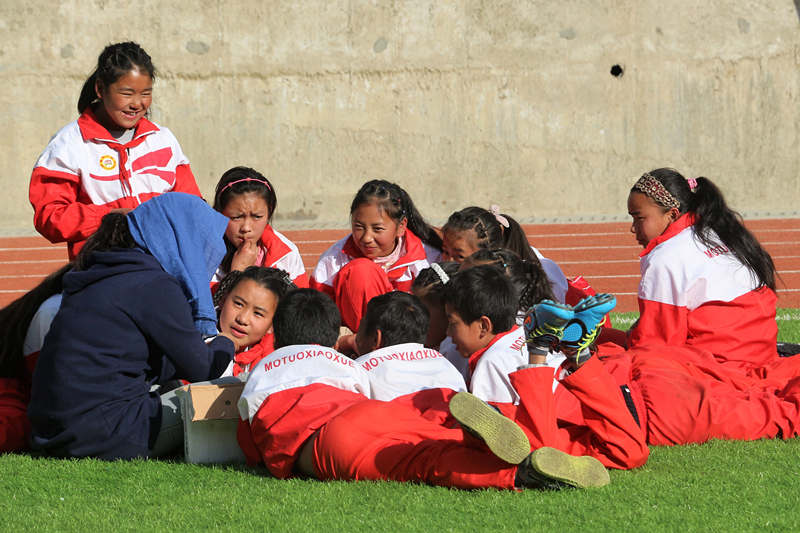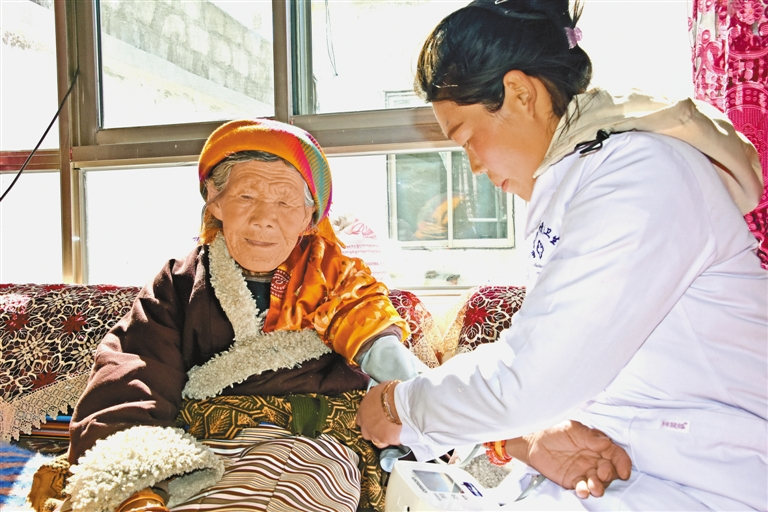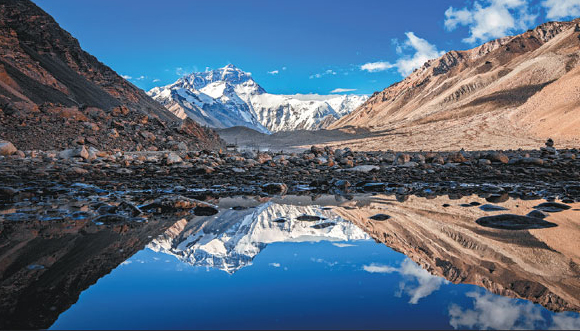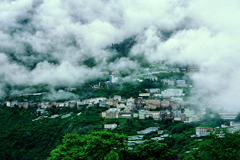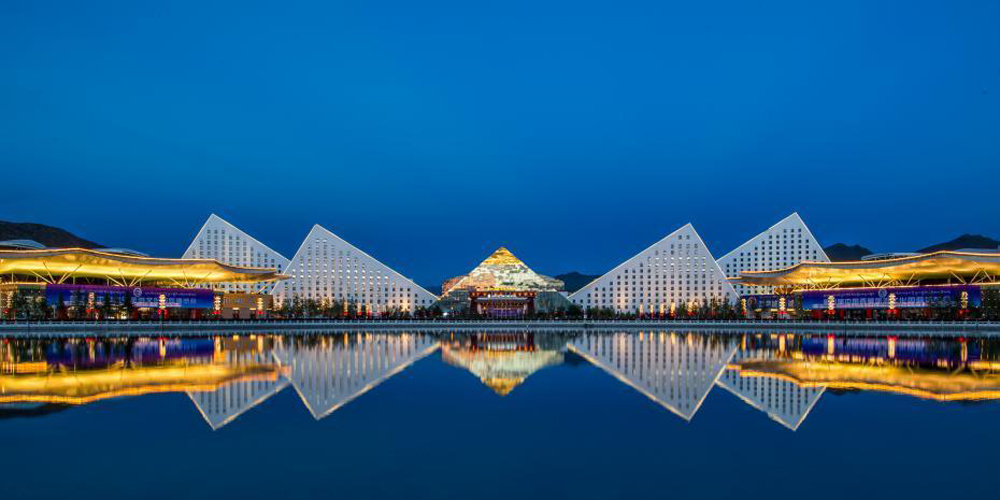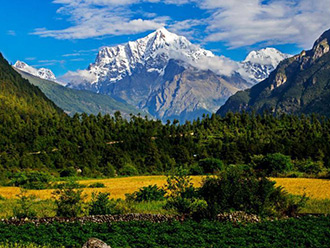Tibetan Buddhism well respected, preserved: political advisors
Chinese religious figures serving as political advisors at this year's "two sessions" are pleased with the country's protection of Tibetan Buddhism in southwest China's Tibet Autonomous Region.
Political advisor Lhapa from Jokhang Temple is among the over 2,000 members of the National Committee of the Chinese People's Political Consultative Conference (CPPCC), who gathered in Beijing for this year's session that started on March 3 and concluded Wednesday.
Jokhang Temple, in downtown Lhasa, the regional capital of Tibet, is a must for visitors to Tibet and a sacred site for Tibetan Buddhists. It attracts about 800,000 tourists and receives over three million Buddhist followers each year.
Built in the 7th century in the Tang Dynasty (618-907), Jokhang Temple is home to plenty of historical relics and typical Tibetan architecture. It was included in the UNESCO World Heritage List in 2000.
The Chinese government has attached great importance to the protection and preservation of the temple, said Lhapa, executive deputy director of the management committee of Jokhang Temple. Five years ago, for example, the government invested over 60 million yuan (8.94 million U.S. dollars) in gilding the five golden roofs of the temple.
The Buddha figures, Thangka and murals in the temple have also been well preserved. To better protect these precious cultural relics, a database for Buddha statues and Thangka in both Mandarin and Tibetan languages, launched in 2015, will be completed next year, he added.
Experts from Beijing and Xi'an have been invited to help build the database. More than 6,000 Buddha statues and over 600 Thangka have been included in the database, according to Lhapa.
"The government has invested 100 million yuan in protecting the cultural relics," Lhapa said. "I'm really satisfied with the government's role in protecting the temple, a treasure of the country."
As a political advisor from the religious circles, Lhapa said he must serve all the people, including tourists, believers and researchers who visit the temple.
"We have personnel working 24/7 in the halls of the temple, including monks, firefighters and police officers to prevent the cultural heritage from being destroyed or stolen, and to ensure tourists' safety," Lhapa said.
The monks in Jokhang Temple usually spend about nine hours every day conducting religious activities such as chanting sutra and learning Buddhist doctrine, Lhapa said.
"Anyone who comes to Jokhang Temple will see worshippers crowd the square in front of the main hall throughout the year," Lhapa said.
Every Tibetan New Year, Jokhang Temple opens for 24 hours to provide convenience for believers and tourists.
"On the Lamp Festival, we have Dharma assembly here and the butter lamps are lit on top of the temple. Believers come to pray for happiness and health," he said.
Similar to Jokhang Temple, almost all the temples and monasteries in Tibet are under national or regional protection, according to Lhapa.
Living Buddha Drigung Khyungtsang echoed Lhapa's ideas, saying today's Tibet observes many traditional folk and religious activities. The Shoton festival at Zhaibung Monastery and the worship activities at Sera Monastery are among the most popular ones.
"Tibetan Buddhists, young and old, would sway their praying wheels and chant sutras when significant activities are launched," said Drigung Khyungtsang.
As vice chairman of the Tibet branch of the Buddhist Association of China, Drigung Khyungtsang is in charge of the Kangyur printing. The precious wooden templates of the Kangyur have been well preserved and printing is suspended in winter because cold weather may cause damage to the templates.
Political advisor Lodro Gyatso, a senior monk from the Sakya Monastery, the earliest monastery of the Sakya Sect of the Tibetan Buddhism, in Xigaze Prefecture, told Xinhua that the monastery has two Buddhist colleges, offering various classes including Tibetan language, Tibetan calligraphy, Buddhist texts, astronomy, calendrical calculation and philosophy to monks and lamas.
Thanks to a digital archive project launched in 2017 in the monastery, the original sutra books and archives have been preserved while their digital versions are available online.
Living Buddha Jewon Koondhor has a story different from other political advisors. He had spent most of his life outside and returned to his hometown, the city of Qamdo in Tibet, when he was 60 in 2011.
"My hometown Qamdo has changed a lot and is continually improving. The traffic there today is much more convenient. I'm happy to be back," he said.
Tibet Stories
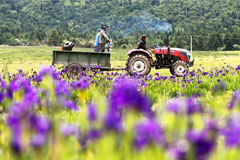
From serf's son to political advisor
Political advisor Thubten Khedrup is confident about his proposals to be submitted on the on...
